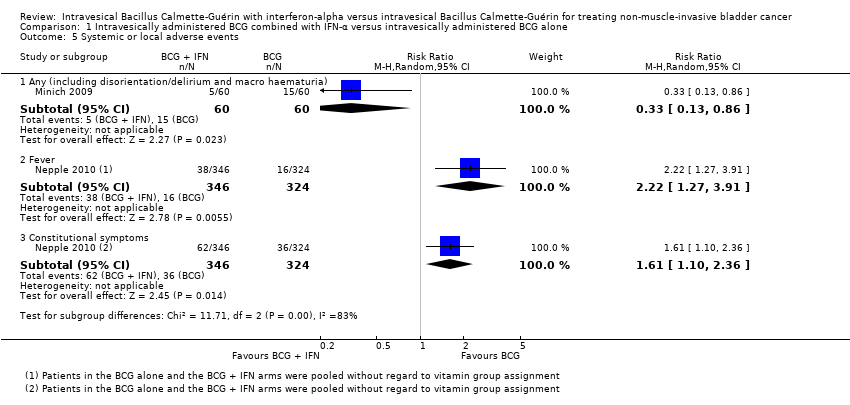Contenido relacionado
Revisiones y protocolos relacionados
Pan Feng Shang, Joey Kwong, Zhi Ping Wang, Jinhui Tian, Lei Jiang, KeHu Yang, Zhong Jin Yue, Jun Qiang Tian | 11 mayo 2011
Mi Ah Han, Philipp Maisch, Jae Hung Jung, Jun Eul Hwang, Vikram Narayan, Anne Cleves, Eu Chang Hwang, Philipp Dahm | 14 junio 2021
Jae Hung Jung, Ahmet Gudeloglu, Halil Kiziloz, Gretchen M Kuntz, Alea Miller, Badrinath R Konety, Philipp Dahm | 12 septiembre 2017
Mike Shelley, J B Court, H Kynaston, Timothy J Wilt, Reg Fish, Malcolm Mason | 23 octubre 2000
Stefanie Schmidt, Frank Kunath, Bernadette Coles, Desiree Louise Draeger, Laura‐Maria Krabbe, Rick Dersch, Samuel Kilian, Katrin Jensen, Philipp Dahm, Joerg J Meerpohl | 8 enero 2020
Mike Shelley, J B Court, Howard G Kynaston, Timothy J Wilt, Bernadette Coles, Malcolm Mason | 7 noviembre 2015
Niranjan J Sathianathen, Makinna C Oestreich, Sarah Jane Brown, Shilpa Gupta, Badrinath R Konety, Philipp Dahm, Frank Kunath | 12 diciembre 2020
Niranjan J Sathianathen, Yiannis A Philippou, Gretchen M Kuntz, Badrinath R Konety, Shilpa Gupta, Alastair D Lamb, Philipp Dahm | 15 octubre 2018
Susanne Unverzagt, Ines Moldenhauer, Monika Nothacker, Dorothea Roßmeißl, Andreas V Hadjinicolaou, Frank Peinemann, Francesco Greco, Barbara Seliger | 15 mayo 2017
Frank Kunath, Henrik R Grobe, Gerta Rücker, Edith Motschall, Gerd Antes, Philipp Dahm, Bernd Wullich, Joerg J Meerpohl | 30 junio 2014
Respuestas clínicas Cochrane
Sera Tort, Kwun M Fong | 20 septiembre 2017















